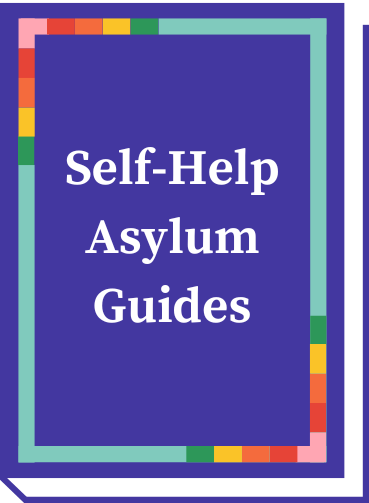14. Elements of an Application
The information contained herein is for reference only and may not be up to date. It does not constitute legal advice. You should always consult an attorney regarding your matter.
An asylum application is comprised of four basic components. The elements of the application are:
- the USCIS application form itself, (Form I-589, often simply called the “I-589”);
- a written declaration by the applicant explaining in detail the basis for their claim;
- documents specific to the case that corroborate the applicant’s claim; and
- indexed country conditions documents.
Technically, only the I-589 itself is required to apply for asylum but, as discussed below, to be successful with an asylum case, it is essential that you submit all of the above components at some point in the asylum application process (and perhaps more: see the chapters that follow for discussions of legal briefs, expert witness testimony, etc.).
The ideal way to begin preparing an asylum application is to have the applicant write a rough draft of their declaration. This may give you an idea of their story in broad strokes and form the basis for further questions or evidence-gathering.
However, when you take on an affirmative asylum case (defensive cases may have a different timeline: consider the hearing schedule, consult with the non-profit that referred the case to you, and see Chapter 27 for more details), the first priority should be completing and submitting the I-589. Such submission (1) meets the filing deadline, (2) gets the applicant a spot in the ever-longer queues for an asylum interview, (3) starts the clock ticking toward eligibility for a work permit, and (4) need not be accompanied by any supporting evidence at the time it is submitted. For this reason, start working on the I-589 as soon as is feasible, and submit it as soon as you are comfortable with its contents. After making this “barebones” submission (i.e. after submitting little more than the I-589: see Chapter 23 for the other components of a barebones submission), you can then turn your attention to the other components of the application.
It is also important from the earliest meetings with the applicant to begin brainstorming about possible corroborating documentation. If the applicant has to track down medical records or letters from individuals in their home country it may take weeks or even months to do so. The earlier you get started on this process the better.
Generally, the final step will be researching and indexing country conditions materials. If this is your first experience working on an asylum application from the applicant’s country, however, you should begin at least preliminary country condition research during the beginning stages of the application. The more you understand about the conditions in the country, the better you will be able to understand the applicant’s situation and ask informed questions that will elicit relevant information.
This Manual is intended to provide information to attorneys and accredited representatives. It is not intended as legal advice. Asylum seekers should speak with qualified attorneys before applying.
The information contained herein is for reference only and may not be up to date. It does not constitute legal advice. You should always consult an attorney regarding your matter.
This handbook is intended for use by pro bono attorneys and immigration attorneys working on LGBTQ/HIV asylum cases.
Detention Hotline
If you are in detention, call:
(917) 654-9696 | M-W 9:30 - 5:30pm & Th 1:00 - 5:30pmCalls from people outside of detention will not be accepted.
